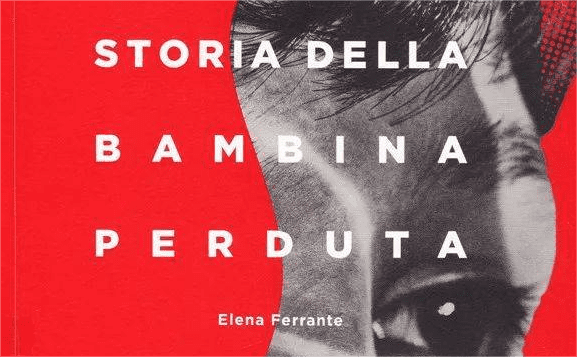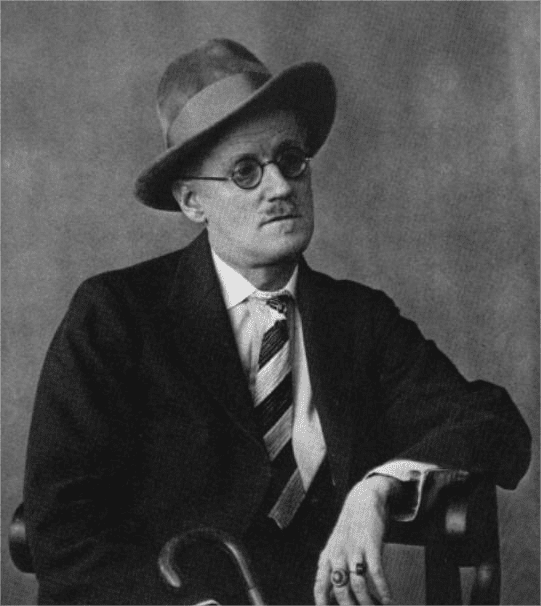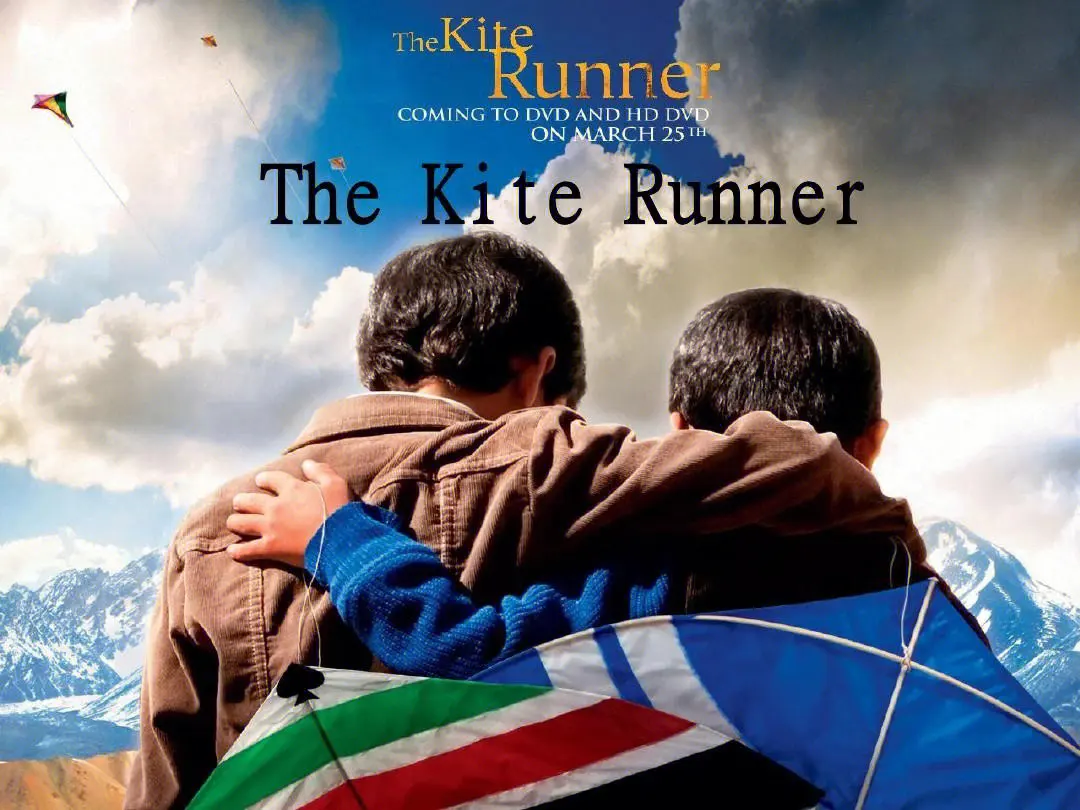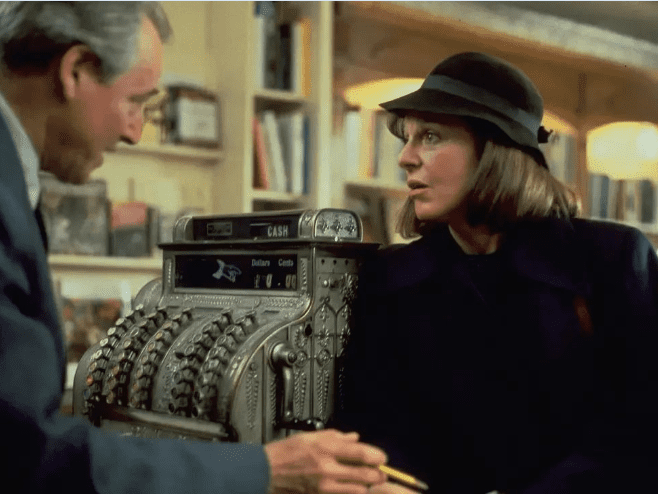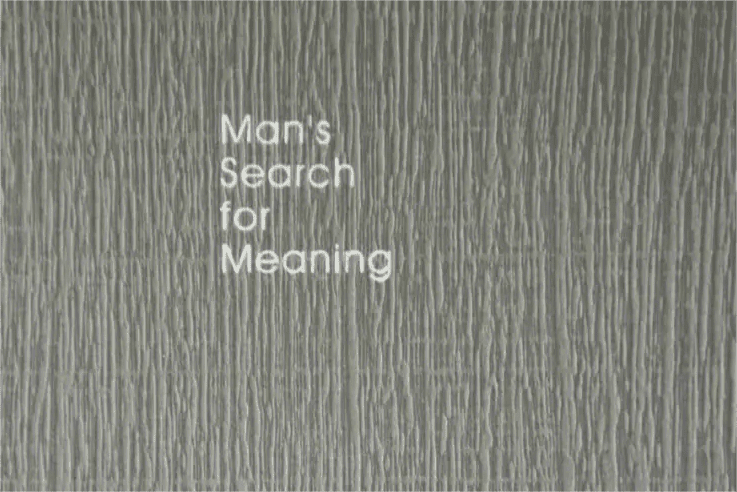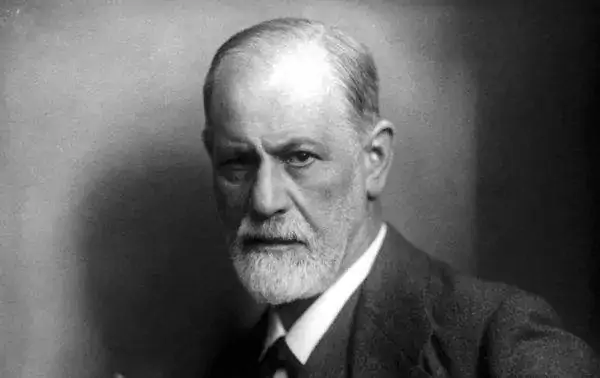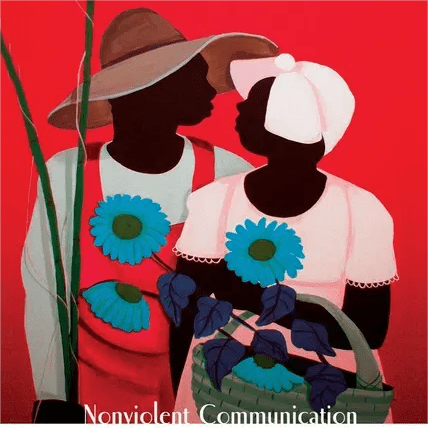Elena Ferrante, female, Italian writer, this is her pen name, real name is unknown. Author of the novels Hate Love, The Abandoned Day, The Lost Daughter, The Beach at Night, My Talented Girlfriend, The Story of the New Name, Left, Left, The Lost Child, etc.; A collection of essays and interviews, Fragments of Uncertainty.
Since her first full-length novel was published in 1992, she has hidden behind the name “Elena Ferrante” and stayed away from the many social events that writers do outside of writing. Until her Neapolitan Tetralogy, published between 2011 and 2014, was translated into nearly 40 languages and sold five or six million copies worldwide, she remained mysterious, not attending any conferences about her books, not attending any awards and giving only a handful of written interviews.
“Storia di chi fugge e di chi resta” focuses on Leila and “me” (Lenon) in their prime and later years. With the loss of Leila’s daughter Tina as the main line, Lenon and Leila have been relying on each other and comforting each other for close strength, and they have never really left each other’s world in most of their lives through stormy seas and waves. The novel shows the profound and complex friendship between women, the resistance against the injustice under the oppression of the patriarchal society, and the awakening of the female spirit.
“I” (Lenon) had left my husband for love and writing and returned to Naples with my two daughters, inevitably becoming close again to Leila and to the city I had wanted to escape. “I” (Lenon) and Leila even conceive, give birth, and experience the devastating Naples earthquake in the same year, everything falls apart, and everything will be rebuilt.
“I” (Lenon) unwittingly became involved in Leila’s secret attempt to use my fame and writing skills against the banal and rampant evil of the city. But after experiencing the worst shock of her life, Leila chooses to completely exile herself from the city in a bizarre and exaggerated way.
And “I” (Lenon) will face his own failures in writing, love and family with amazing resilience and honesty. After years of self-doubt, “I” (Lenon) decided to write about his lifelong friendship with Leila.
Storia di chi fugge e di chi resta belongs to the genre of “bildungsromances”, or more accurately “women bildungsromances”, which can be divided into two levels of narration. The first is the growth of women between generations, and the other is the growth of women themselves throughout their lives. The first level is mainly revealed from the huge difference between Lenon’s generation and their mother. Women in the mother’s generation are the appendages of men, allowing them to beat and abuse and possess them. In the face of barriers in marriage, they can only turn a blind eye or silently endure, confined in a state of oppression. Lenon’s generation has the consciousness of modern women. They are deviant, daring to break various social regulations on women, and make the decision to divorce for the burning of love rather than compromise for marriage. The evolution of the two generations of women is undoubtedly the result of advancing in the order of time. The overall significance of the story development is the formation of this level of value through the display of their own life fragments.
The other level points to the growth of the narrator, “I” (Lenon). The Neapolitan tetralogy is basically structured in the spatial structure of Lenon’s “growth-leave-returned-leave-again” Naples, accompanied by the flow of time. “The Lost Child” focuses on “going back and leaving” Naples. The muddiness of Naples is the place that Lenon has been desperately trying to escape from. The chaos, squalor, corruption, violence and oppression here are unbearable, but the two extremes of deep love and hatred also complement each other. The result of numerous escapes is to return, until it is revealed that Lenon finds her idea wrong, and she realizes that Naples is not the only place like this. It’s that the whole world is the same. It’s a notch left by the dull pain of growing up, and it’s also about disenchantment that points to the past and the future, which is the present.
In the flashback, Storia di chi fugge e di chi resta never adopts the commanding “summary” way to accelerate the narrative speed, but focuses on the information and scenes related to the perceptual changes, mental state and the visual threshold of impression of “me” (Lenon). While reviewing and analyzing the specific narrative, it aggregates events for decryption. This process involves the constant seizure of previously useful information, the scattering of large amounts of irrelevant information, and the sudden aggregation of information, in which the meaning of the delayed information suddenly becomes different. The loss of Leila’s daughter Tina corresponds to the loss of Lenon’s doll Tina at the beginning. The reincarnation of “narrative trap” symbolizes the trap in human relations. The story of Tina’s loss happened on the first day of Lenon’s friendship with Leila. This event is like a germ deeply implanted in the narrative and slowly progresses, which is equivalent to the “pre-narration” in the flashback. In the review of the friendship between Leila and Lenon, the “past and future” is predicted in advance, and the memory network is built with “psychology”, implying the ending of the loss of Leila’s daughter Tina. Story time and narrative time can never go hand in hand, there will be more or less a time deviation. Of course, the narrative principle of the novel is not necessarily to present a clear and definite time sequence, but also to enter the narrative level regardless of any time sequence, leading to timelessness.
Story as one of the main elements of this narrative, the time factor is indispensable, otherwise everything in the novel will be messy, difficult and obscure, readers will be at a loss in the face of the novel. This seems to touch on the moral question of “who is the author writing for?” and one of the answers often mentioned is “he writes for his kind.” This is certainly the right gesture, but the search for a soul mate requires a spark of communication. The cue that the writer leaves the reader is to have a soul collision with them. Active acquisition is a method with high probability of success. And time is the novelist left evidence, weaving the tool of password, “reverse right and wrong” “mind confused” is the most effective means to guide readers to know the truth.


